Airstrikes targeting Palestinian militants in a crowded residential area. Armored bulldozers plowing through narrow streets, crushing cars and piling up debris. Protesters burning tires. A mounting death toll.
Israel’s large-scale military raid into the Jenin refugee camp in the occupied West Bank on Monday had undeniable similarities with the second Palestinian uprising of the early 2000s — a period that claimed thousands of lives.
But the current fighting is also different from those intense years of violence. It’s more limited in scope, with Israeli military operations focused on several strongholds of Palestinian militants.
It’s also a symptom of a conflict with no foreseeable end. The Palestinian leadership is weakened, and the Israeli government has been accelerating the expansion of settlements that have eroded any chance of Palestinian statehood.
WHAT IS AN INTIFADA?
The word that means “shaking off” in Arabic was coined to describe an uprising against Israel’s military occupation that erupted in 1987. It ended in 1993 with an agreement of mutual recognition between Israel and the Palestine Liberation Organization.
What became known as the first intifada was marked by widespread Palestinian protests and a fierce Israeli response. In the second uprising, which began in 2000, Palestinian militants carried out deadly suicide bombings on buses and at restaurants and hotels, eliciting crushing Israeli military reprisals.
The second uprising pitted Palestinian militant groups against a far more powerful Israeli military. Over 4,000 people died, including vast numbers of civilians. Roughly three times as many Palestinians as Israelis were killed.
Israeli crackdowns upended Palestinian lives, including placing tight restrictions on movement that choked the fledgling economy. For Israelis, especially during the frequent bombings of the second intifada, stepping onto a bus or going out to a restaurant was terrifying.
Those events were initially fueled by widespread participation. Many Palestinians in the West Bank, the Gaza Strip and east Jerusalem — areas captured by Israel in 1967 and claimed by the Palestinians for their state — joined in the protests.
The protests were also driven by the Palestinian leaders, including President Yasser Arafat, whom Israel accused of encouraging and abetting militants. The intifada petered out after Arafat died in 2004 and the current Palestinian president, Mahmoud Abbas, took power.
WHAT IS HAPPENING NOW?
In the spring of 2022, a spate of Palestinian attacks against Israelis prompted Israel to launch near-nightly raids into Palestinian areas of the West Bank.
Israel said the raids were meant to stamp out militant networks. But Palestinian attacks have continued, and the death toll on both sides has risen, making last year one of the deadliest for Palestinians in the West Bank since the second intifada.
The violence has only intensified since Israel’s current far-right government, which is made up of hard-line ultranationalist settlement supporters, took power late last year.
The Palestinian death toll this year in the West Bank and east Jerusalem stands at more than 135, according to a tally by The Associated Press, nearly matching the death toll for all of 2022. Hundreds of Palestinians have been arrested. Some 24 people have been killed in Palestinian attacks against Israelis.
SIMILARITIES AND DIFFERENCES
The region has not seen such a sustained cycle of violence since the second uprising, which lasted about five years. More recent periods of bloodshed have not lasted this long or involved such a strong show of force by the military.
The tactics seen Monday, with airstrikes, armored bulldozers and a brigade of troops, were a mainstay of the second uprising.
But analysts say that’s where the similarities end.
For one, a monthlong Israeli operation in 2002 that was seen as the peak of the fighting during the second intifada involved an intense clampdown on most cities in the West Bank. Israel’s raids over the last year have been smaller in scale. Israel’s targets are also more limited to local armed groups and militant cells.
Other differences, analysts say, include the weakened Palestinian leadership and the lack of popular participation. While protests have erupted in response to the raids, they have not engulfed the entire West Bank.
“Intifada is a people’s uprising. It’s a society that fights,” said Amir Avivi, president and founder of Israel Defense and Security Forum, a hawkish group of former military commanders. Avivi, who served as a battalion commander in the northern West Bank during the 2002 operation, claimed that the current fighting is dominated by militant groups that are funded by Israel’s archenemy, Iran.
Ziyad Abu Zayad, a Palestinian analyst and former Cabinet minister, said the fighting is best described as “waves” of Palestinian anger, not an uprising.
“The problem is not security, but rather political. And as long as there is no political solution, these waves will continue,” he said. “People, mainly young people, want to live in freedom and dignity. They see no future for themselves, and they only see oppression from the occupation.”
WHAT HAPPENS NEXT?
There is no end in sight to the fighting. The military raids have tended to fuel more attacks that prompt even more raids.
As attacks against Israelis have mounted, including one that killed four settlers last month, government members have called for a harsher response. They have also intensively advanced settlement building, further dimming hopes for a negotiated solution to the conflict.
The last 16 months, including Monday’s large-scale raid, showed Israel lacks a long-term vision for how to deal with the Palestinians, said Michael Milshtein, a former military official and head of the Palestinian Studies Forum at Tel Aviv University.
“We need to start thinking strategically about the Palestinian issue,” he said. “We can’t just keep plastering over it.”
Abu Zayad, the Palestinian analyst, said Israel’s government is instead pushing the Palestinians “toward more extremism and violence.”
“If there is opposition to the idea of a Palestinian state, these waves are likely to remain for long periods to come.”
-AP



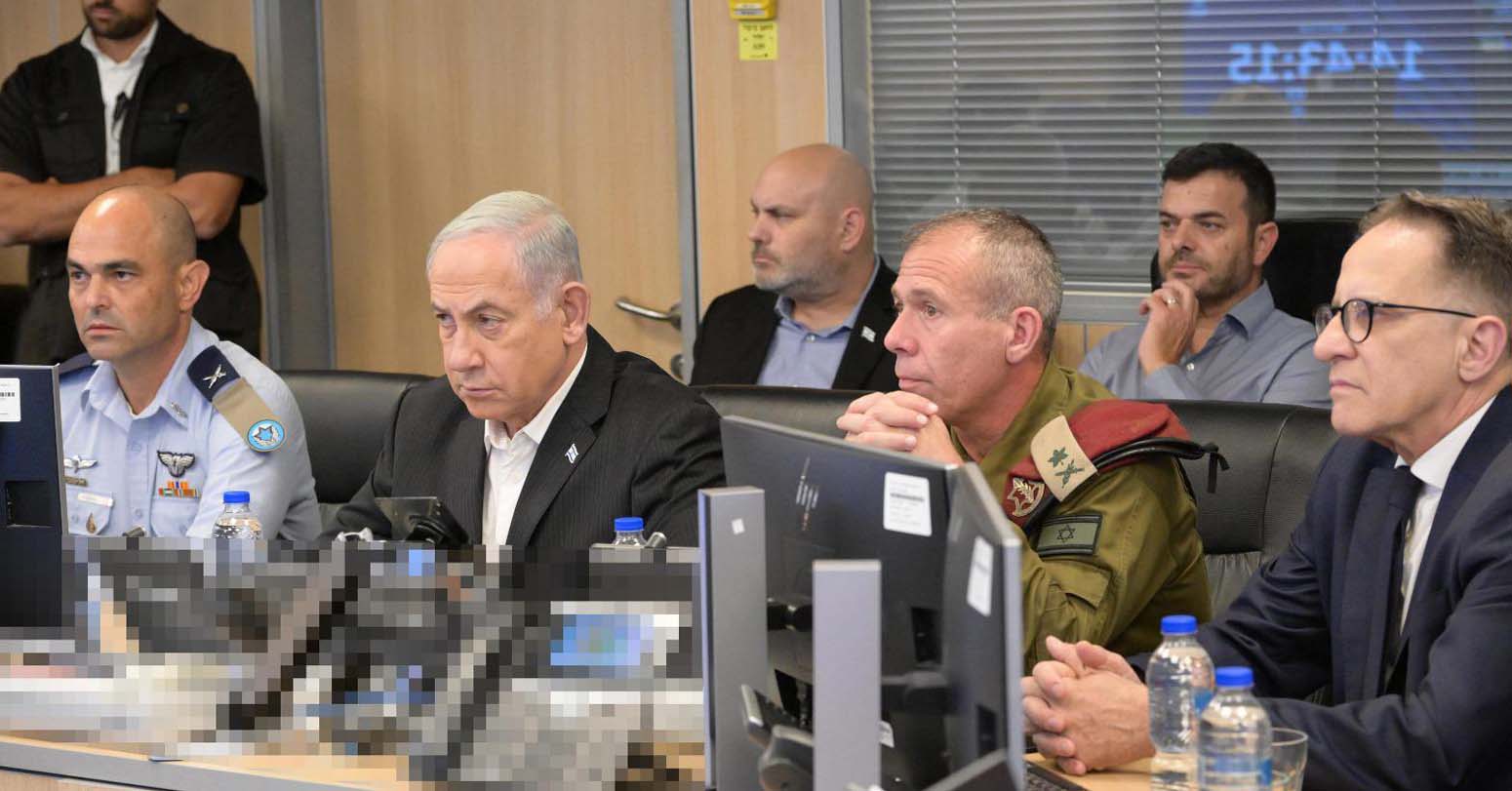



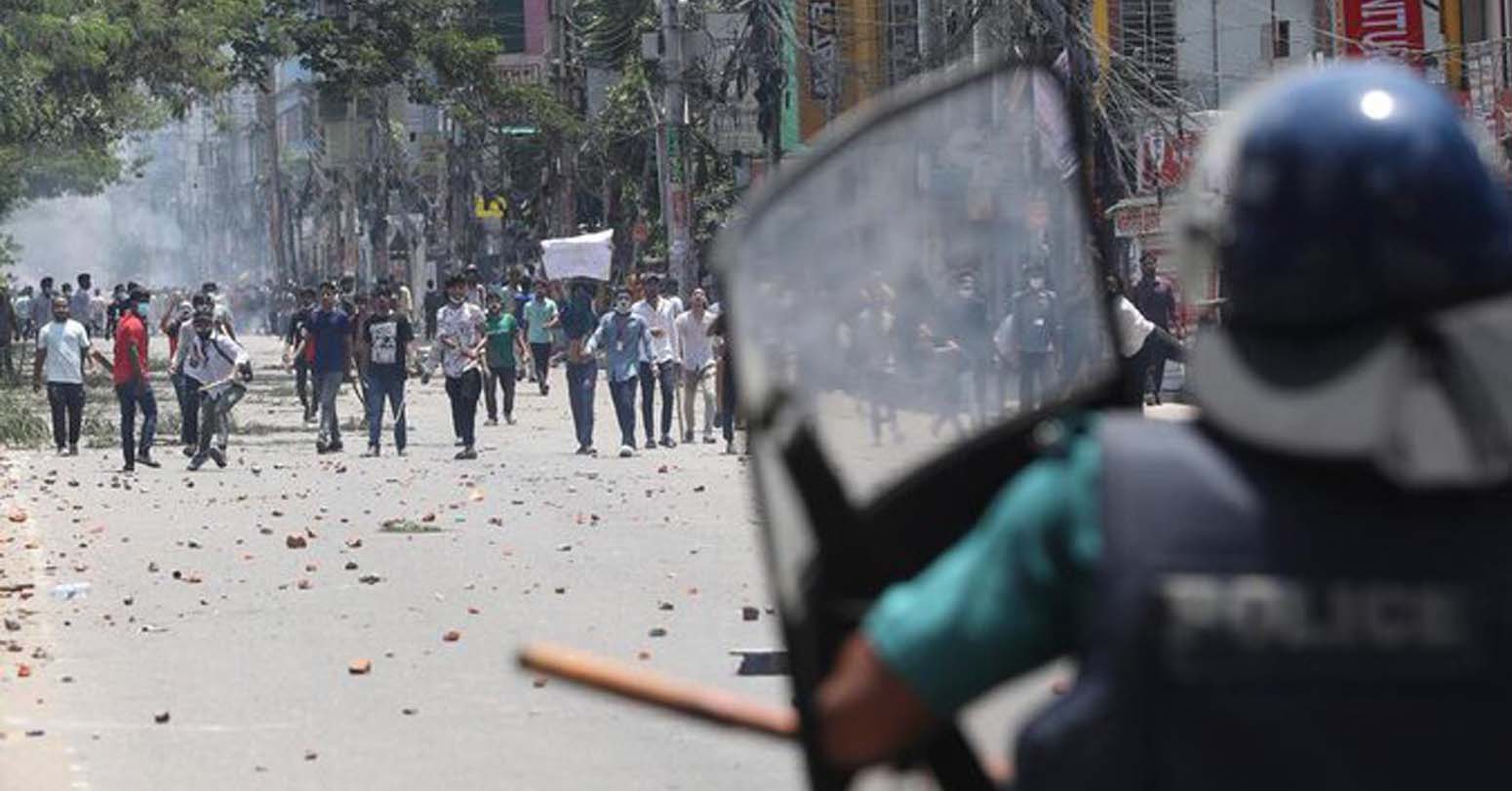
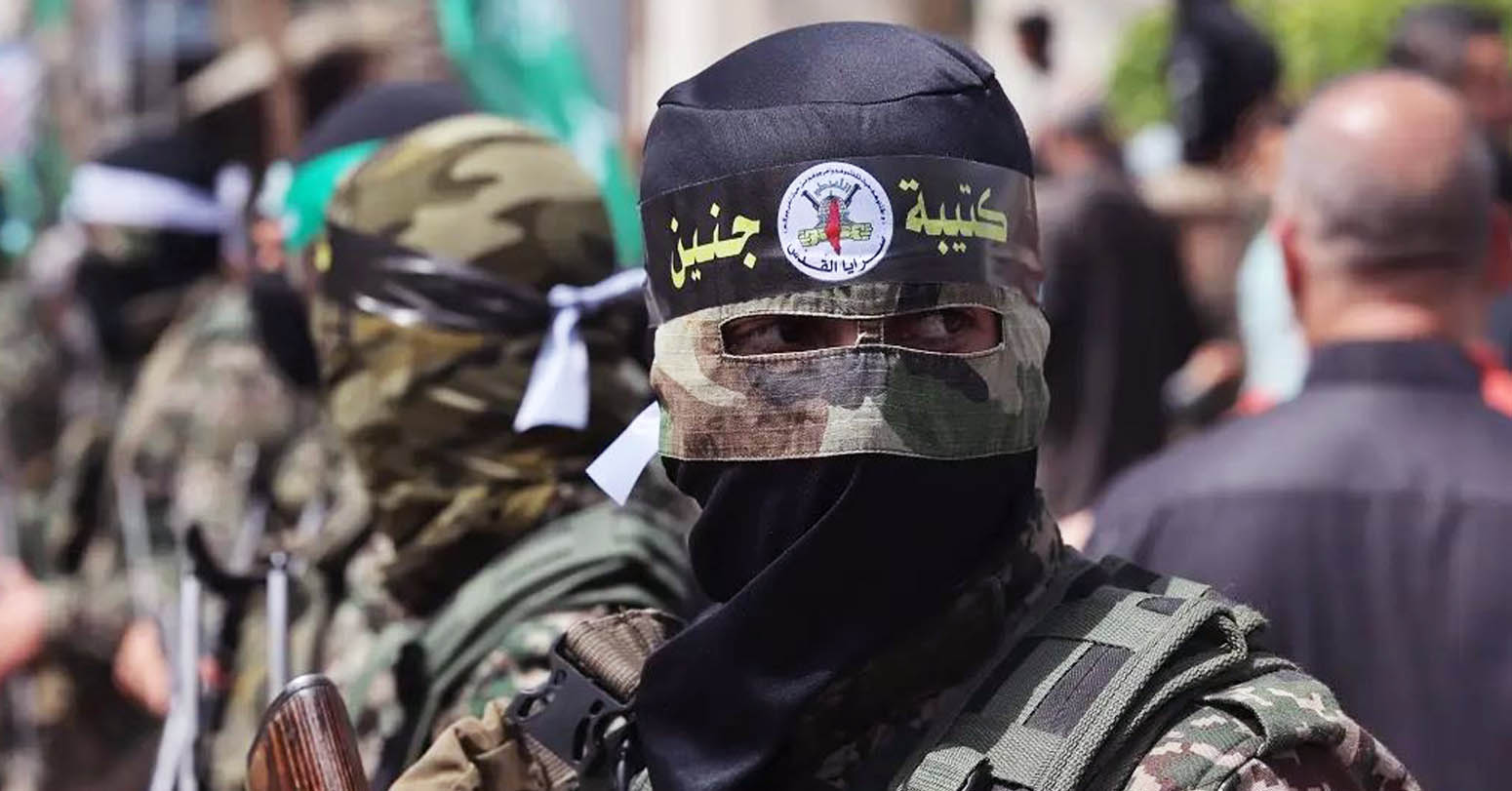
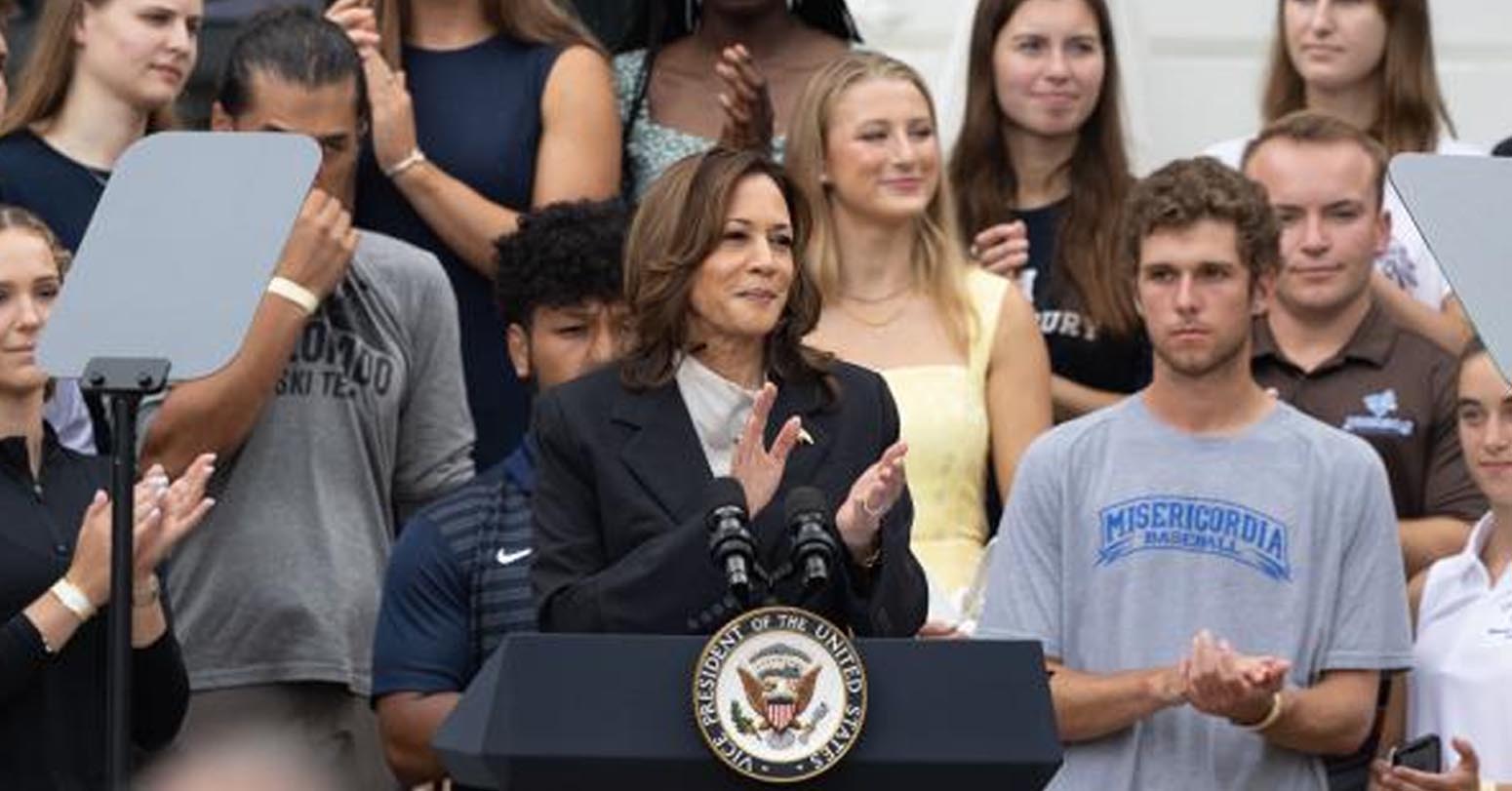

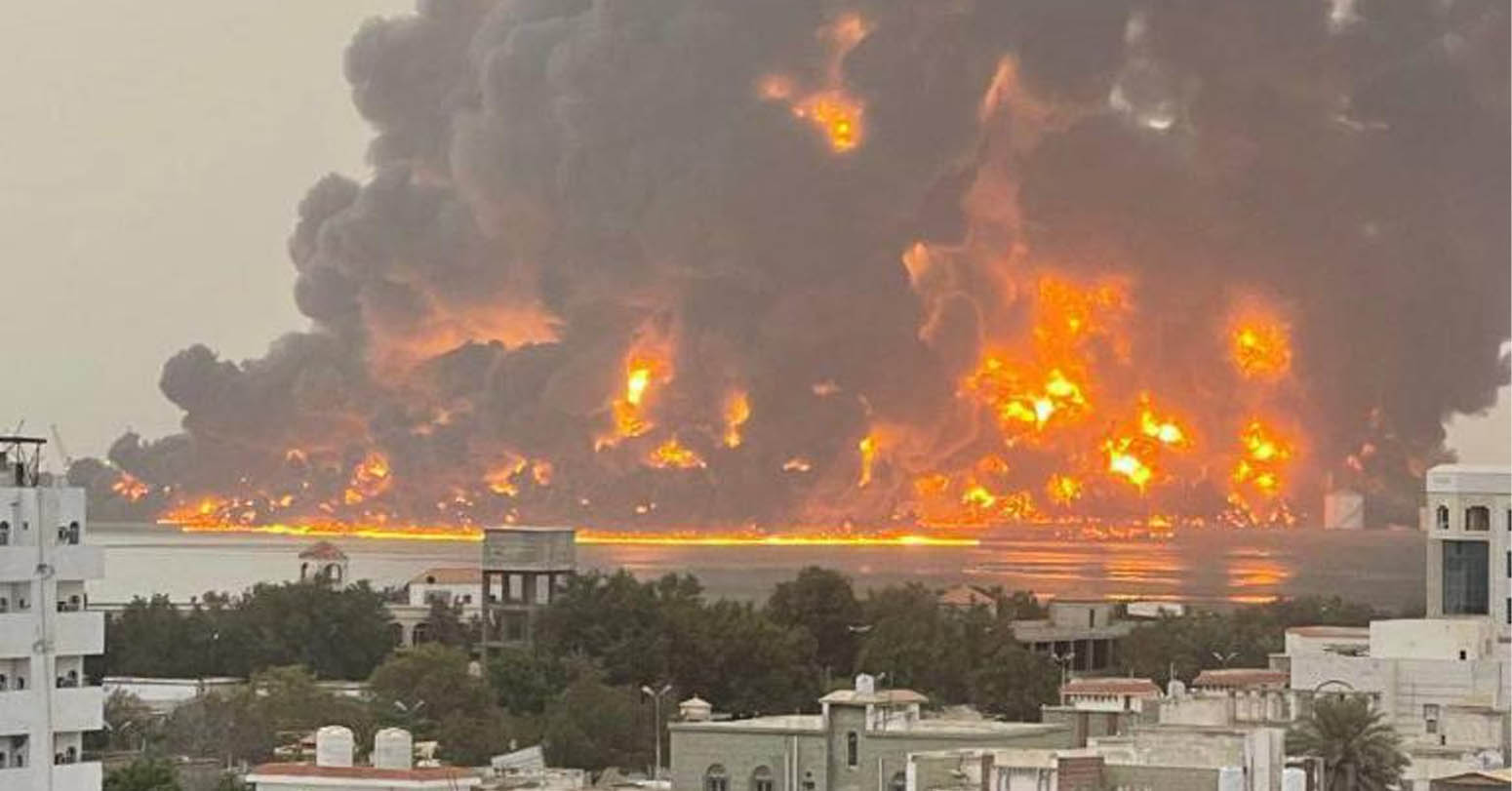
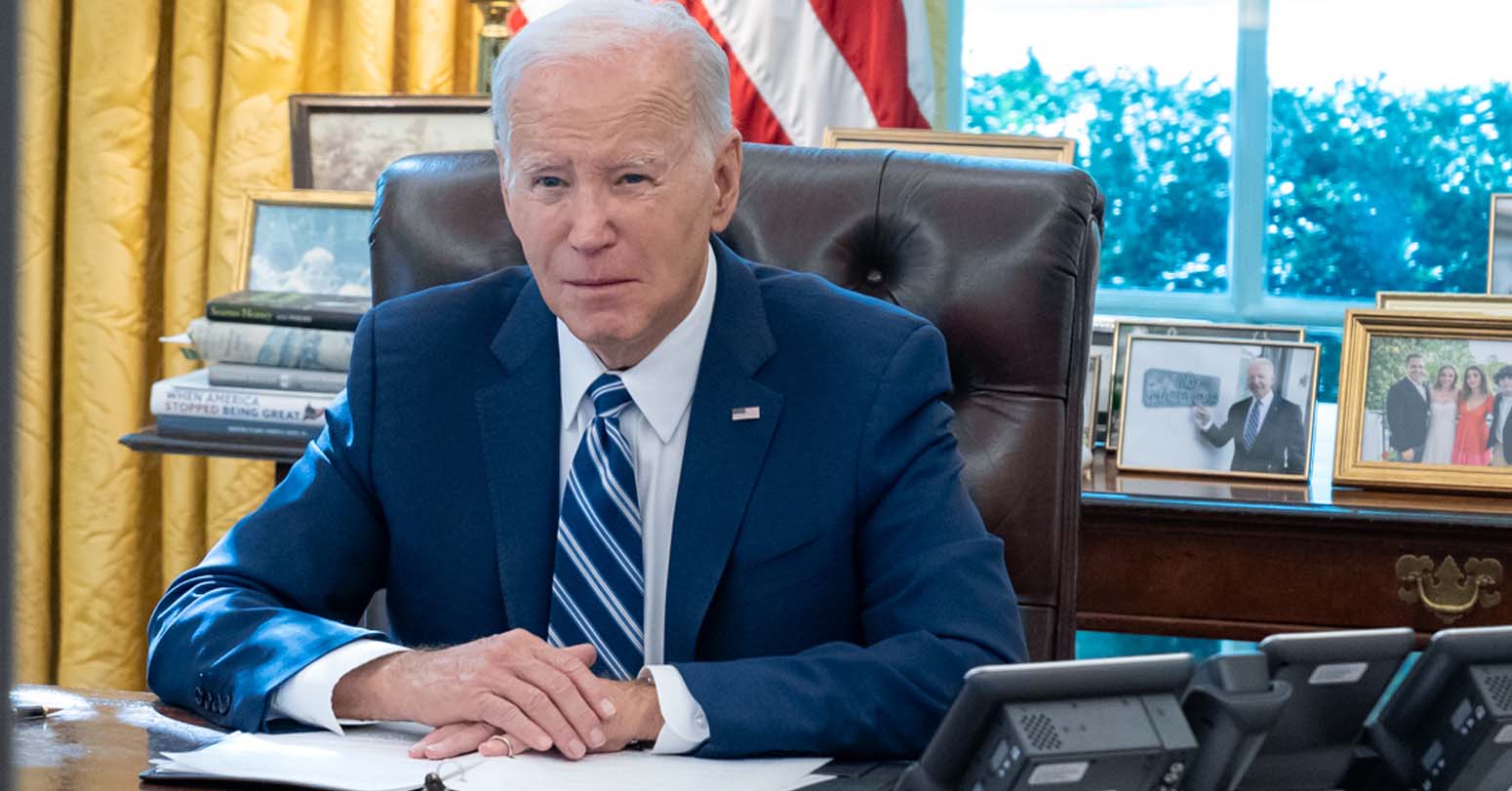
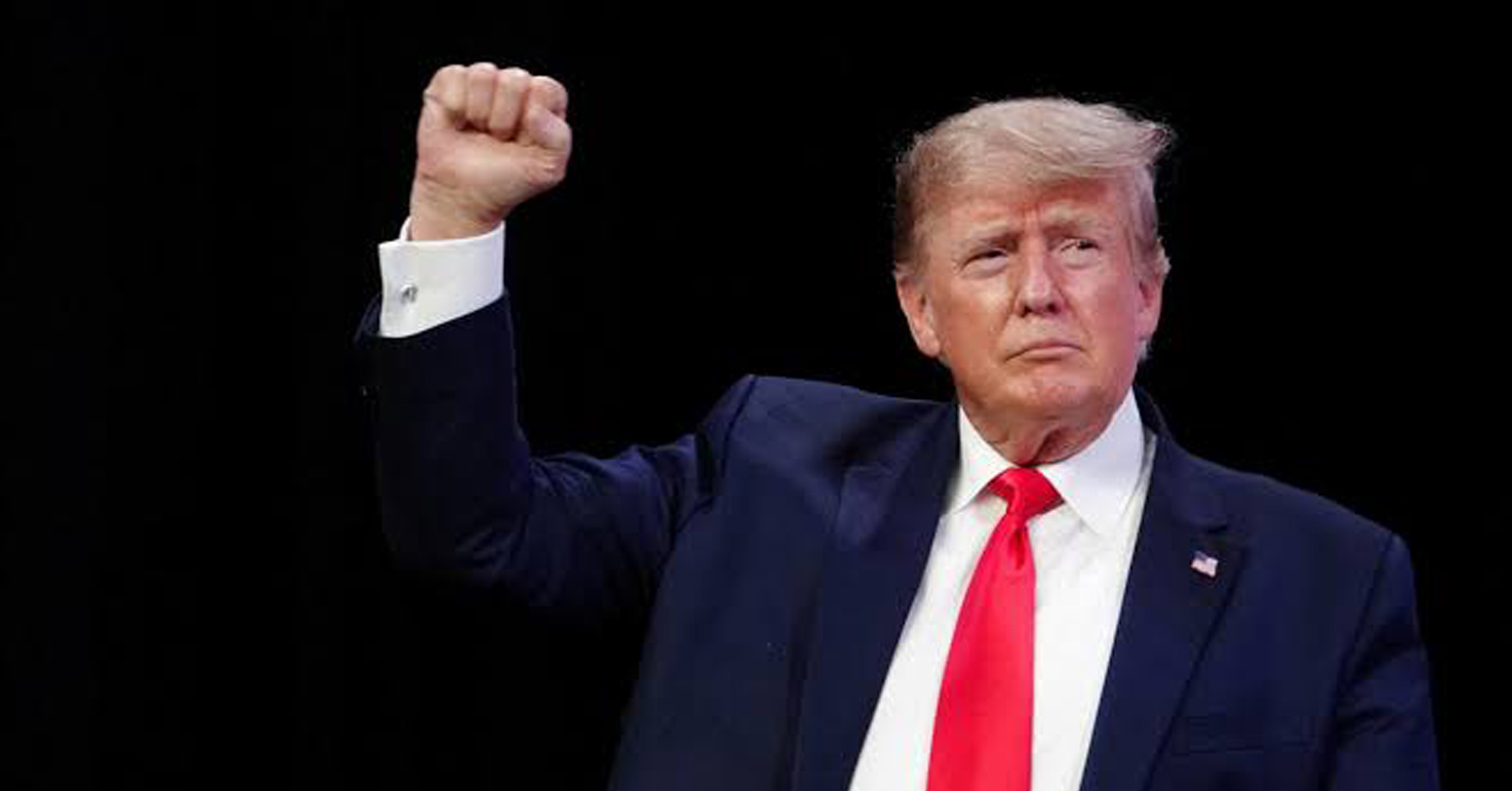
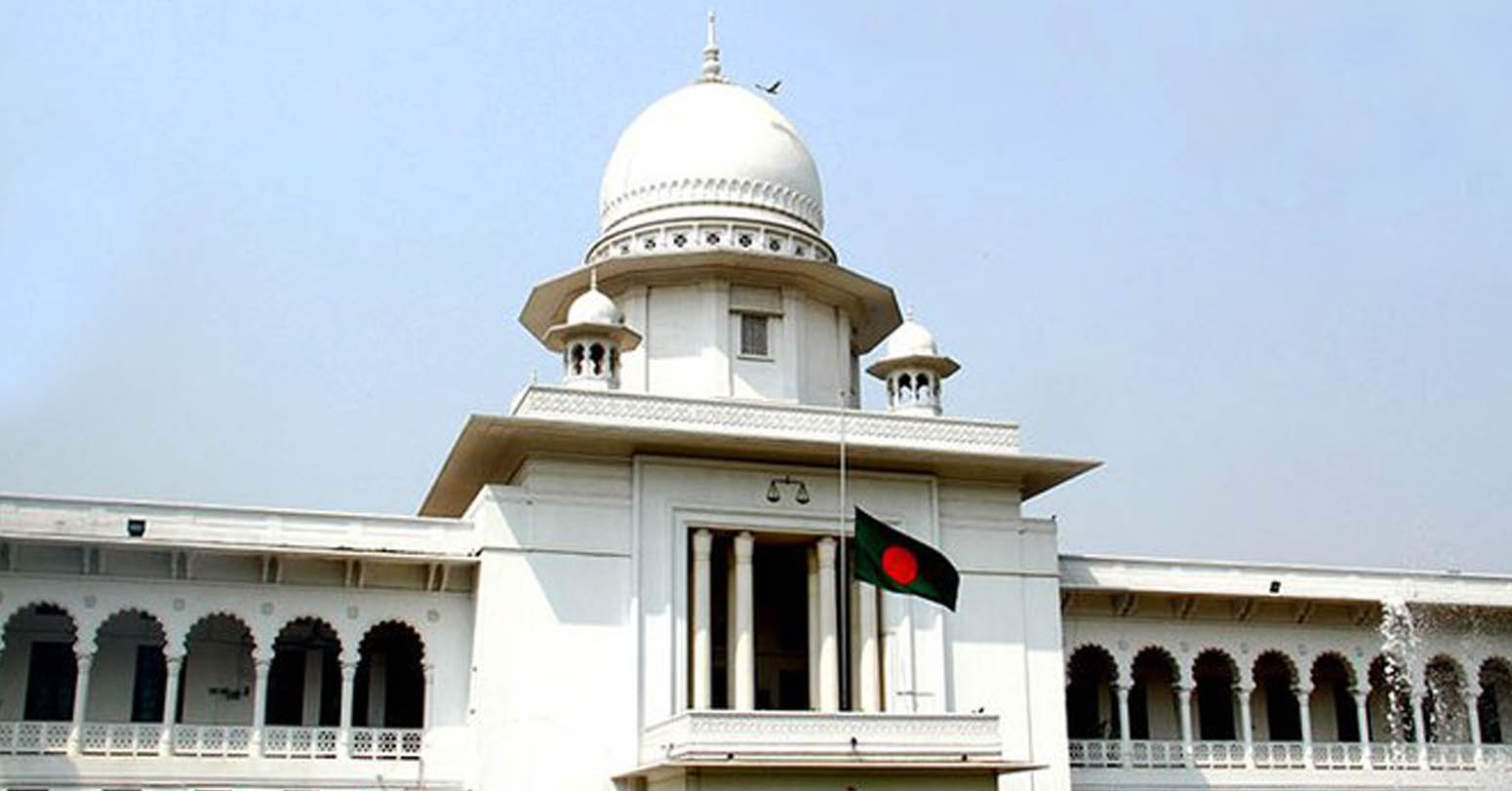
Comprehensive Data Protection Law Critically
Gender Differences In Mental Healthcare
Messi Wins Best FIFA Men’s
Erosion of Democracy
Fly Dubai Catches Fire in
“Complexities of the South Asian